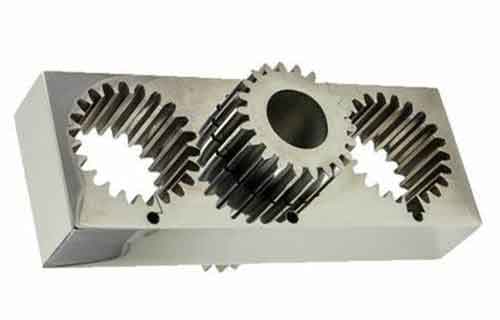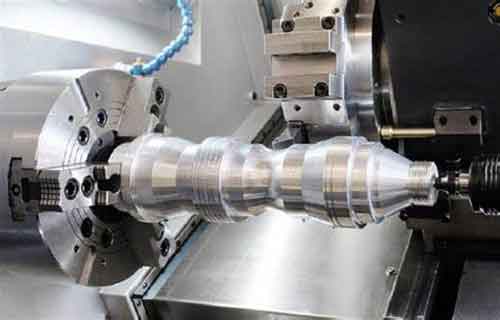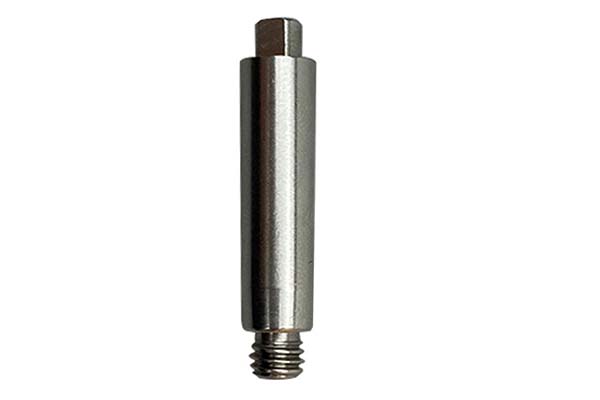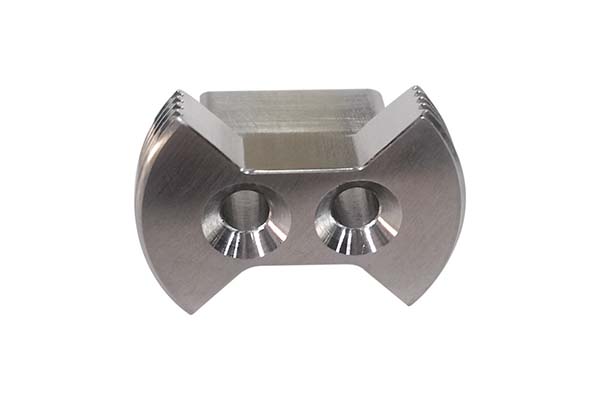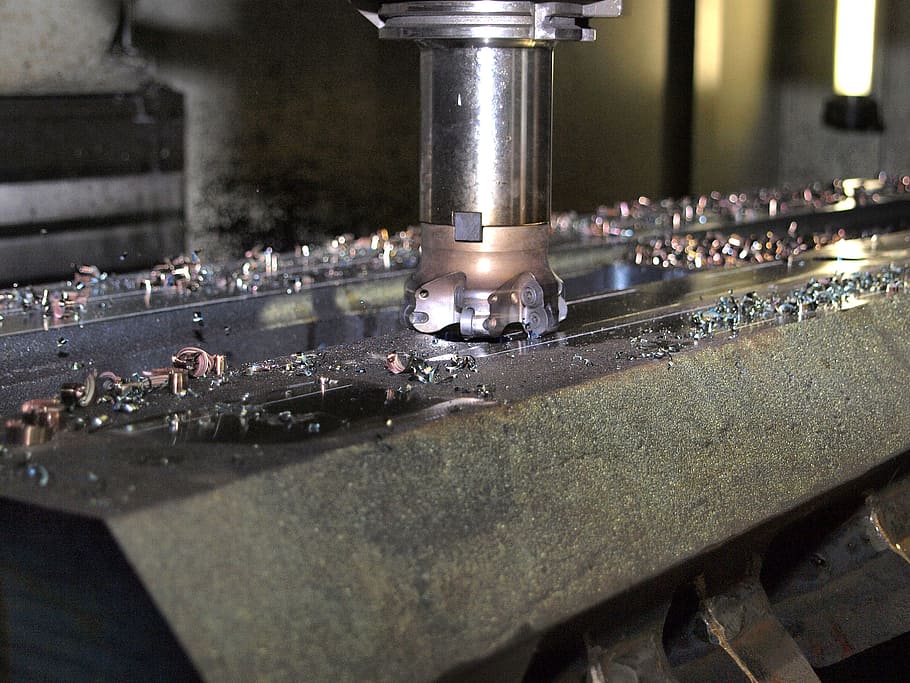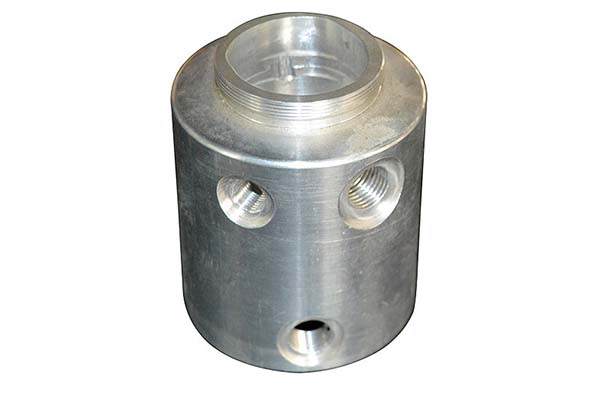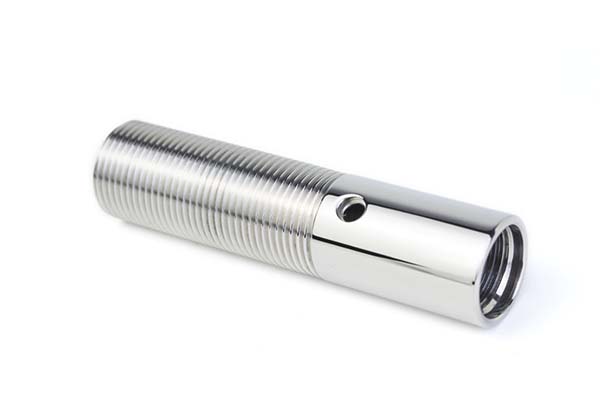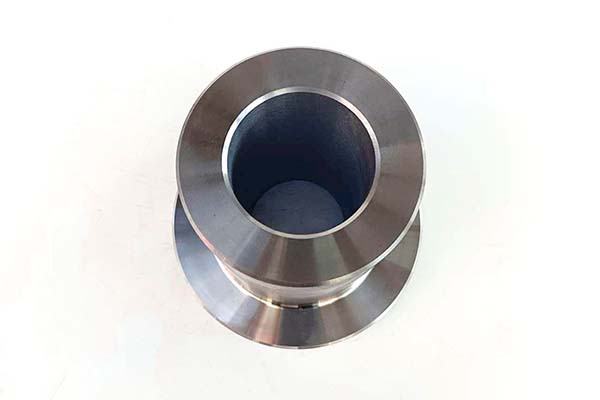Imagine a scenario where a batch of aerospace engine components is rejected because they’re off by just 0.002 mm—less than the width of a human hair. The cost of rework? Tens of thousands of dollars. The delay? Weeks, pushing back a critical project timeline. This is the high-stakes world of tight tolerance machining, where even the smallest deviation can derail entire projects. Tight tolerance machining isn’t just about making parts accurately; it’s about ensuring reliability, safety, and functionality in applications where precision is non-negotiable. In this guide, we’ll explore what tight tolerance machining is, why it matters, and how to master it to avoid costly mistakes.
Definition and Importance of Tight Tolerance Machining
At its core, tight tolerance machining refers to the process of manufacturing parts with extremely narrow allowable deviations from their specified dimensions. While standard machining might aim for tolerances of ±0.01 mm, tight tolerance work often requires ±0.001 mm or even tighter—equivalent to splitting a grain of sand into 50 pieces.
- Tolerance levels are defined by standards like ISO 2768, which outlines general tolerances for linear and angular dimensions. For critical applications, custom tolerances (e.g., ±0.0005 mm) are specified to ensure parts fit and function as designed.
- The importance of tight tolerances can’t be overstated. In medical devices, a 0.002 mm deviation in a surgical instrument could affect patient safety. In aerospace, loose tolerances in turbine blades can lead to inefficient fuel burn or even catastrophic failure. A study by the Precision Machining Association found that parts with tight tolerances (±0.001 mm) have a 95% lower failure rate than those with standard tolerances.
Precision machining and high-precision manufacturing rely on tight tolerances to meet the demands of modern engineering, where components are shrinking in size but increasing in complexity.
Applications of Tight Tolerance Machining
Tight tolerance machining is the backbone of industries where precision directly impacts performance and safety:
- Aerospace components: Jet engine parts like fuel injectors and turbine blades require tolerances as tight as ±0.0005 mm to ensure efficient combustion and minimize vibration. A 0.001 mm misalignment in a turbine blade can reduce engine efficiency by 2–3%.
- Medical devices: Surgical tools, pacemaker components, and orthopedic implants demand tight tolerances to ensure biocompatibility and functionality. For example, a hip implant with ±0.002 mm tolerance fits more securely, reducing the risk of loosening over time.
- Electronics: Semiconductor manufacturing relies on tight tolerance machining for components like microchips and connectors, where even a 0.001 mm error can disrupt electrical signals.
- Automotive parts: High-performance engines use tight tolerance components (e.g., camshafts, valves) to reduce friction and improve fuel efficiency. Luxury car manufacturers report a 10% increase in engine lifespan with tight tolerance parts.
Techniques and Processes for Tight Tolerance Machining
Achieving tight tolerances requires specialized techniques and processes:
- CNC machining: Computer numerical control (CNC) machines, with their precise servo motors and advanced software, are the workhorses of tight tolerance manufacturing. Multi-axis CNC machines can achieve tolerances as low as ±0.0005 mm by moving the tool along multiple axes simultaneously.
- Grinding: This process uses abrasive wheels to remove small amounts of material, achieving tolerances of ±0.0001 mm. It’s ideal for finishing hardened steel parts like bearing races.
- Electrical Discharge Machining (EDM): EDM uses electrical sparks to erode material, making it suitable for hard metals and complex shapes. Wire EDM can cut with tolerances of ±0.0002 mm, perfect for intricate aerospace components.
- Micro-machining: For tiny parts (e.g., in electronics or medical devices), micro-machining techniques using ultra-small tools (0.1 mm diameter or less) achieve sub-micron tolerances.
Each process has its strengths: CNC milling excels at 3D shapes, while EDM is better for hard-to-machine materials like titanium.
Quality Control and Inspection in Tight Tolerance Machining
Even the best machining processes require rigorous inspection to ensure tolerances are met:
- Coordinate Measuring Machines (CMM): These devices use a probe to measure part dimensions with accuracy up to ±0.0001 mm. They can inspect complex 3D shapes quickly, making them essential for high-volume production.
- Optical inspection: High-resolution cameras and laser scanners provide non-contact measurement, ideal for delicate parts or soft materials like plastics. They can detect deviations as small as 0.0005 mm.
- Statistical Process Control (SPC): By monitoring key dimensions during production, SPC identifies trends before parts fall out of tolerance. A leading medical device manufacturer reduced scrap rates by 40% after implementing SPC.
- Calibration of equipment: Regular calibration of machining and inspection tools ensures accuracy. ISO 9001 standards require calibration at least annually, though critical applications demand more frequent checks.
Tools and Equipment for Tight Tolerance Machining
The right tools make all the difference in achieving tight tolerances:
- High-precision CNC machines: These machines feature rigid frames, high-resolution encoders (0.0001 mm), and temperature control to minimize thermal expansion. They cost 2–3 times more than standard CNC machines but are essential for tight tolerance work.
- Cutting tools: Carbide tools with ultra-fine grain structures maintain sharp edges, while diamond tools are ideal for machining non-ferrous metals like aluminum. Tool holders with minimal runout (less than 0.001 mm) prevent dimensional errors.
- Coolant systems: High-pressure coolant (1000+ psi) removes chips and controls temperature, reducing thermal distortion. Oil-based coolants are preferred for tight tolerance work, as they have better lubricity than water-based alternatives.
Materials Suitable for Tight Tolerance Machining
Not all materials are equally suited for tight tolerance machining. Here’s how they compare:
| Material | Typical Tolerance Range | Challenges |
| Aluminum | ±0.001–±0.005 mm | Prone to thermal expansion; requires cooling |
| Stainless steel | ±0.0005–±0.002 mm | Hard but machinable; retains tight tolerances |
| Titanium | ±0.001–±0.003 mm | Low thermal conductivity; needs slow speeds |
| Plastics (PEEK) | ±0.002–±0.008 mm | Absorb moisture; dimensionally unstable |
| Ceramics | ±0.0005–±0.001 mm | Brittle; requires specialized tools |
Stainless steel and ceramics are top choices for the tightest tolerances, while plastics require careful handling to avoid dimensional changes.
Yigu Technology’s Perspective: Mastering the Microns
At Yigu Technology, tight tolerance machining is our specialty. Our facility houses high-precision CNC machines, CMMs, and EDM systems to achieve tolerances as low as ±0.0005 mm. We work with a range of materials—from stainless steel to exotic alloys—using SPC to ensure consistency. Whether you need aerospace components or medical devices, our engineers optimize every step, from tool selection to inspection, to deliver parts that meet your exact specifications.
FAQs
- What’s the tightest tolerance achievable in machining?
With advanced EDM or grinding, tolerances as low as ±0.0001 mm (0.1 microns) are possible, though this depends on material and part size. Most industrial applications require ±0.001–±0.005 mm.
- How does temperature affect tight tolerance machining?
Even a 1°C temperature change can cause a 1-meter steel part to expand by 0.012 mm. That’s why tight tolerance shops control temperatures to ±1°C and use temperature-compensated measuring tools.
- Are tight tolerances more expensive?
Yes—parts with ±0.001 mm tolerance can cost 2–5 times more than those with ±0.01 mm tolerance due to slower machining speeds, specialized tools, and rigorous inspection. However, the cost is often justified by improved performance and reliability.
